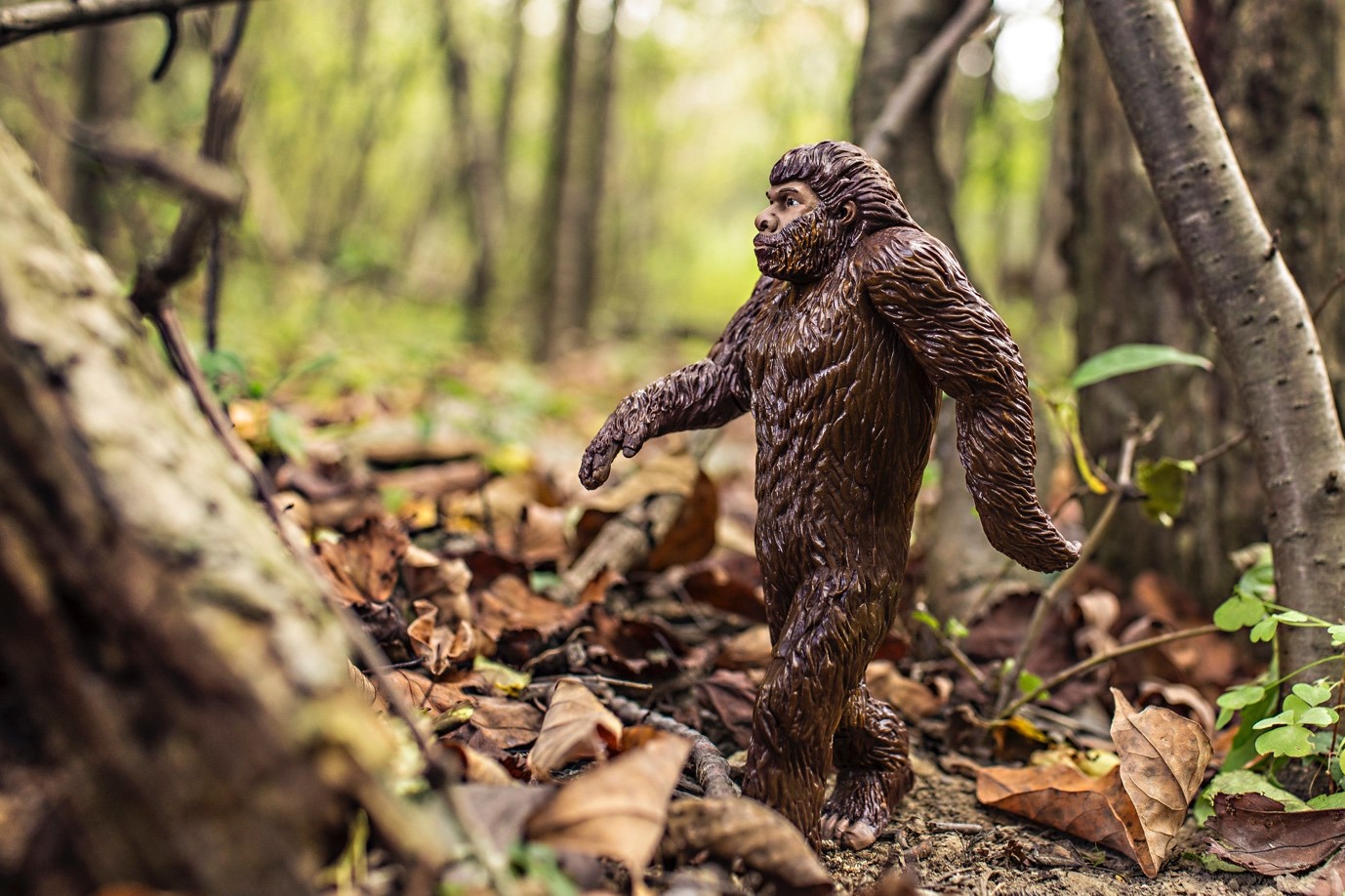Our physical activity levels have never been lower – can we look to our Homo sapiens ancestors for answers?
 We live in a rapidly changing environment with technology defining the modern world we live in. An increase in tasks and jobs automation has led to a vastly different workplace than what we have previously known. Workplaces are now sedentary by nature and require far less energy output as before. The low activity life we have had to adopt is not healthy nor happy. But are there explanations for our ill health in the modern environment which would explain why change is so difficult?
We live in a rapidly changing environment with technology defining the modern world we live in. An increase in tasks and jobs automation has led to a vastly different workplace than what we have previously known. Workplaces are now sedentary by nature and require far less energy output as before. The low activity life we have had to adopt is not healthy nor happy. But are there explanations for our ill health in the modern environment which would explain why change is so difficult?
Humans have evolved to respond to behaviour triggers like hunger, thirst, and tiredness with behaviours which overcome these desires. These basic instincts worked to keep us alive in the ancestral environment where food, water, and shelter were competitive resources to have and to obtain. By instinctually knowing you were hungry, thirsty or tired, it meant you were able to provide for yourself and keep yourself healthy in harsh environments. These are not instincts we have lost, we still feel hungry, thirsty and tired, and we feel them daily. However, the environment in which we live has changed drastically since these instincts evolved (1).

We no longer live in a world where we have to hunt and gather our own food and water, and we have more stable living conditions. Similarly, we have learnt to be thrifty with our energy intake and output (2). We crave fatty, sweet food because these are taste representations of high-energy food that increase our energy input, but we do not crave physical activity, which would drain on our energy resources. Our ancestors were more active due to the necessity of finding resources, not out of motivation of to be fit. We no longer live in an environment where providing resources requires huge physical energy expenditures; therefore, our motivation for physical activity is at an all-time low.
This mismatch of our genetic history and our recent lifestyle changes have led to the rise of chronic diseases (3), such as type 2 diabetes, coronary heart disease, and colon cancer. All of which are linked to decreased physical activity and increased energy intake from sweet and fatty foods, not surprising given that the human body is not designed for the modern cultural environment. Evolutionary change is much slower than cultural change, so while we live in a world where food is easily accessible and physical activity is almost optional, our bodies are still geared to live in the stone age where energy dense food was scarce, and activity was mandatory.
![]() This is not the end of the story though. Our evolution can explain why we struggle with eating healthy and being active, but we are still capable of changing our behaviour. Psychology offers two pathways for looking at our behaviour. We can look at our current modern triggers like the fact that exercise is tiring, especially when you have had a long day at work and motivation to exercise can be low. We can also look at fundamental triggers which are the root of our behaviours and have more to do with how we have evolved to cope with the environment than the actual current environment we live in. We know that humans do not have the basic instinct to exercise with no reward like gaining food or water and the awareness of the lack of instinct to want to exercise, can help us overcome this barrier.
This is not the end of the story though. Our evolution can explain why we struggle with eating healthy and being active, but we are still capable of changing our behaviour. Psychology offers two pathways for looking at our behaviour. We can look at our current modern triggers like the fact that exercise is tiring, especially when you have had a long day at work and motivation to exercise can be low. We can also look at fundamental triggers which are the root of our behaviours and have more to do with how we have evolved to cope with the environment than the actual current environment we live in. We know that humans do not have the basic instinct to exercise with no reward like gaining food or water and the awareness of the lack of instinct to want to exercise, can help us overcome this barrier.

One of the many benefits of increased activity throughout the day and participation in moderate-to-intense physical activity is the increase in physical and mental wellbeing. Physical activity is linked to decreased mental fog, and quite literally, being happier (4). By reinforcing the relationship between happiness and physical activity, we start to overcome the lack of instinctual drive to be physically active. The more this instinct is overcome with endorphins and increased feelings of happiness, the more increased physical activity is reinforced and the happier you will be!
References
- Kirchengast, S. (2014). Physical Inactivity from the Viewpoint of Evolutionary Medicine. Sports, 2(2), 34–50. https://doi.org/10.3390/sports2020034
- Neel, J. V. (1962). Diabetes mellitus: a “thrifty” genotype rendered detrimental by “progress”?. American journal of human genetics, 14(4), 353.
- Pollard, T. M. (2008). Western diseases: an evolutionary perspective (Vol. 54). Cambridge University Press.
- Zhang, Z., & Chen, W. (2018). A Systematic Review of the Relationship Between Physical Activity and Happiness. Journal of Happiness Studies, 1-18. https://doi.org/10.1007/s10902-018-9976-0.
This post was written by Abbigail Stanley, a UQ psychology honours student, who is assisting with the BeUpstanding™ project.










Comments are closed.